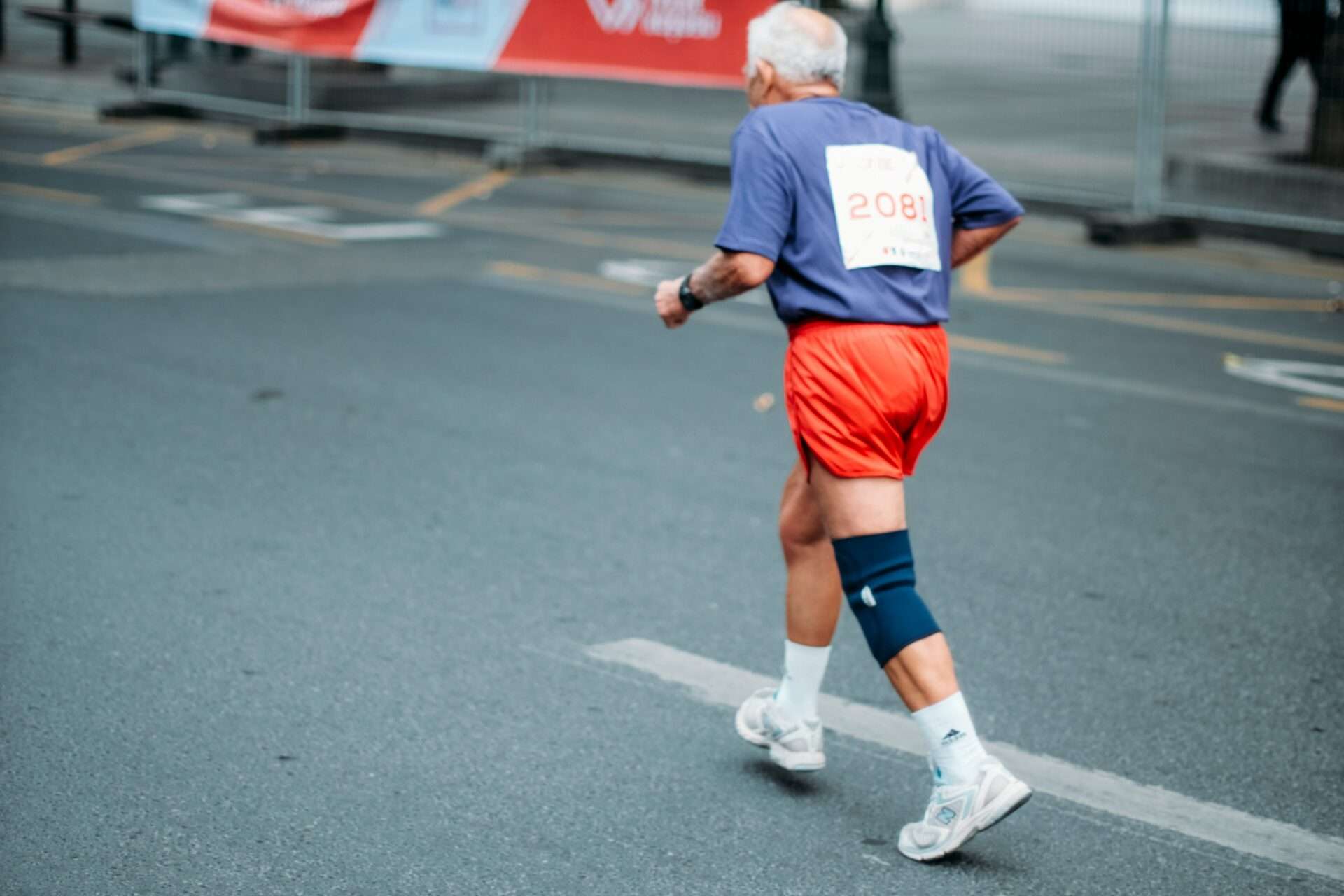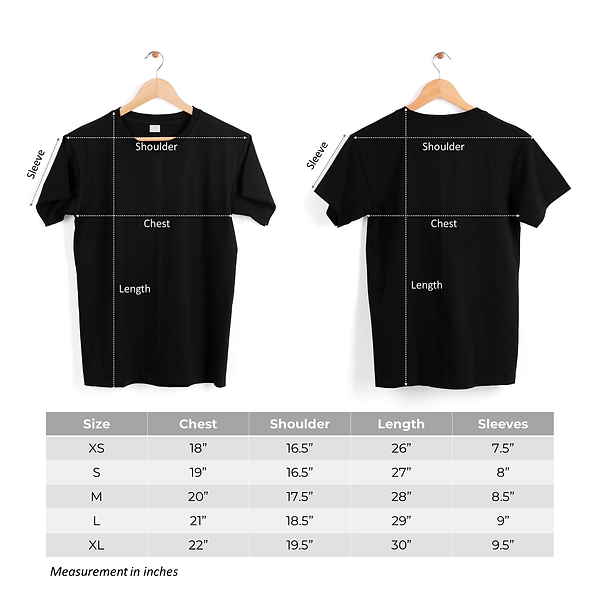The Impact of Age on Running Performance
While running offers lifelong benefits, aging brings physiological changes that require smart adaptations. This guide explores how older runners can adjust their approach to maintain performance, prevent injuries, and continue enjoying the sport.
Key Takeaways
- Muscle mass and joint flexibility naturally decline, requiring targeted strength training
- Age-graded tables help set realistic performance benchmarks
- Recovery becomes increasingly important for injury prevention
- Nutritional needs shift to support aging physiology
- Proper gear selection can compensate for physical changes
Understanding Age-Related Changes
Muscle and Joint Considerations
After 30, adults lose 3-5% of muscle mass per decade, accelerating after 60. This sarcopenia particularly affects fast-twitch fibers crucial for speed. Key adaptations include:
- Increased strength training (2-3x weekly)
- Longer warm-ups (15-20 minutes)
- Reduced high-intensity interval frequency
Metabolic Shifts
Basal metabolic rate drops 1-2% per decade after 20. Older runners should:
- Increase protein intake (1.2-1.6g/kg body weight)
- Time carbohydrates around workouts
- Stay hydrated (urine should be pale yellow)
Smart Training Adjustments
Workout Modifications
Effective strategies for aging runners:
| Element | Younger Runner | Older Runner |
|---|---|---|
| Weekly Intensity | 2-3 hard sessions | 1-2 hard sessions |
| Recovery Days | 1-2 weekly | 2-3 weekly |
Essential Cross-Training
Low-impact alternatives preserve fitness while reducing joint stress:
- Swimming (excellent for active recovery)
- Cycling (maintains cardiovascular fitness)
- Elliptical training (mimics running motion)
Nutritional Priorities
Key Nutrients
Special focus areas for older runners:
- Protein: Distribute evenly across meals
- Calcium/Vitamin D: Critical for bone health
- Omega-3s: Reduce inflammation
Supplement Considerations
While whole foods are ideal, these may help:
- Collagen peptides (joint support)
- Creatine (muscle preservation)
- Vitamin B12 (energy metabolism)
Injury Prevention Strategies
Common Issues
Most frequent age-related running injuries:
- Achilles tendinitis
- Plantar fasciitis
- IT band syndrome
Preventative Measures
- Increase mileage gradually (<10% weekly)
- Replace shoes every 300-500 miles
- Incorporate balance exercises
Gear Recommendations
Shoe Selection
Ideal features for older runners:
- Maximum cushioning
- Wide toe box
- Stability features if needed
Helpful Accessories
- Compression sleeves (circulation support)
- GPS watch with HR monitoring
- Polarized sunglasses (eye protection)
Mental Approach
Staying Motivated
Effective strategies include:
- Joining a masters running group
- Setting process-oriented goals
- Celebrating non-speed achievements
Race Selection
Smart options for older runners:
- 5K-10K distances
- Trail runs (softer surfaces)
- Age-graded competitions
Recovery Essentials
Optimal Practices
Critical recovery components:
- 7-9 hours sleep nightly
- Post-run protein (within 30 minutes)
- Regular massage/foam rolling
Active Recovery Ideas
- Yoga (improves flexibility)
- Walking (promotes circulation)
- Water aerobics (joint-friendly)
Frequently Asked Questions
- Can I still set PRs as an older runner? Yes, using age-graded calculations
- How often should I strength train? 2-3x weekly, focusing on major muscle groups



